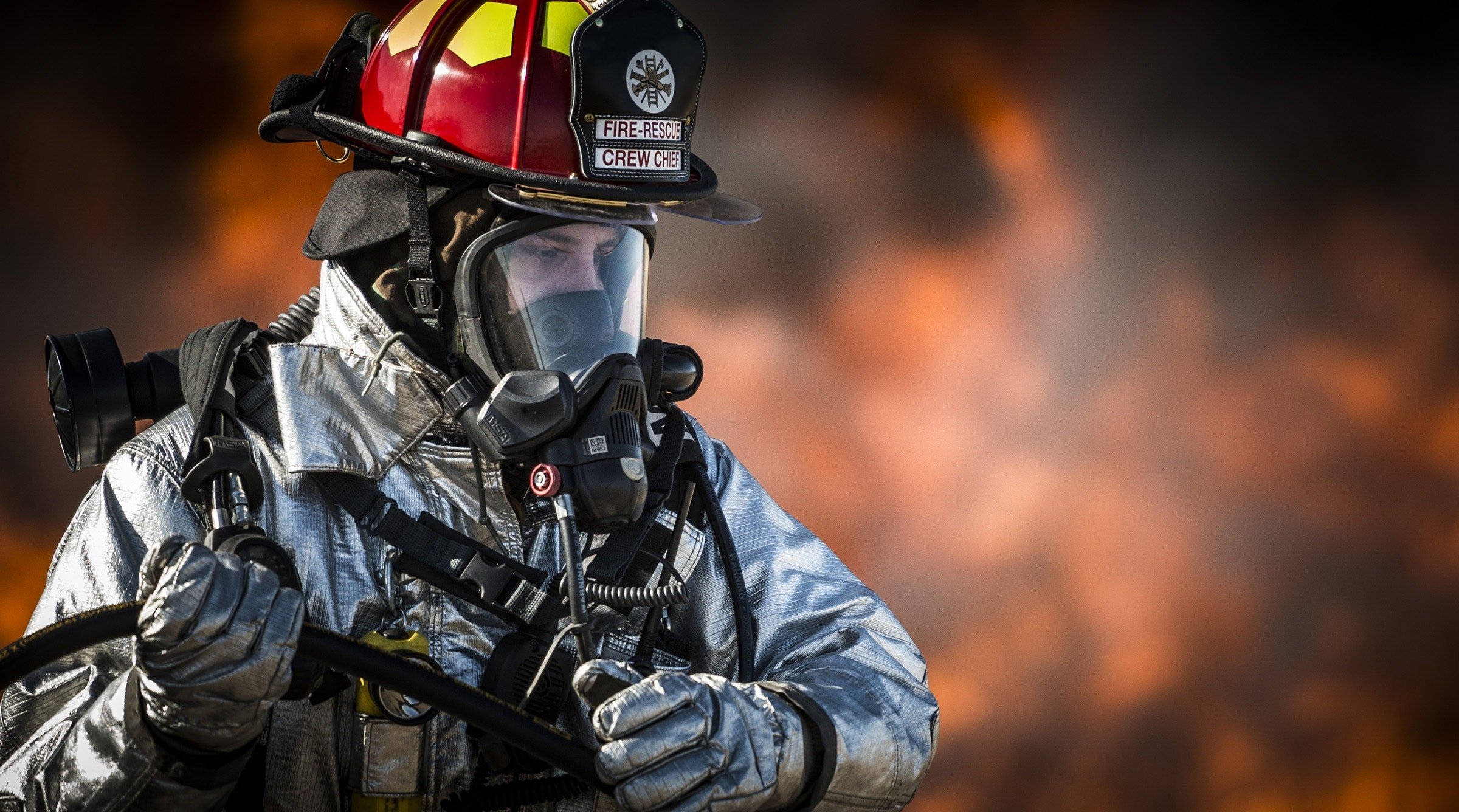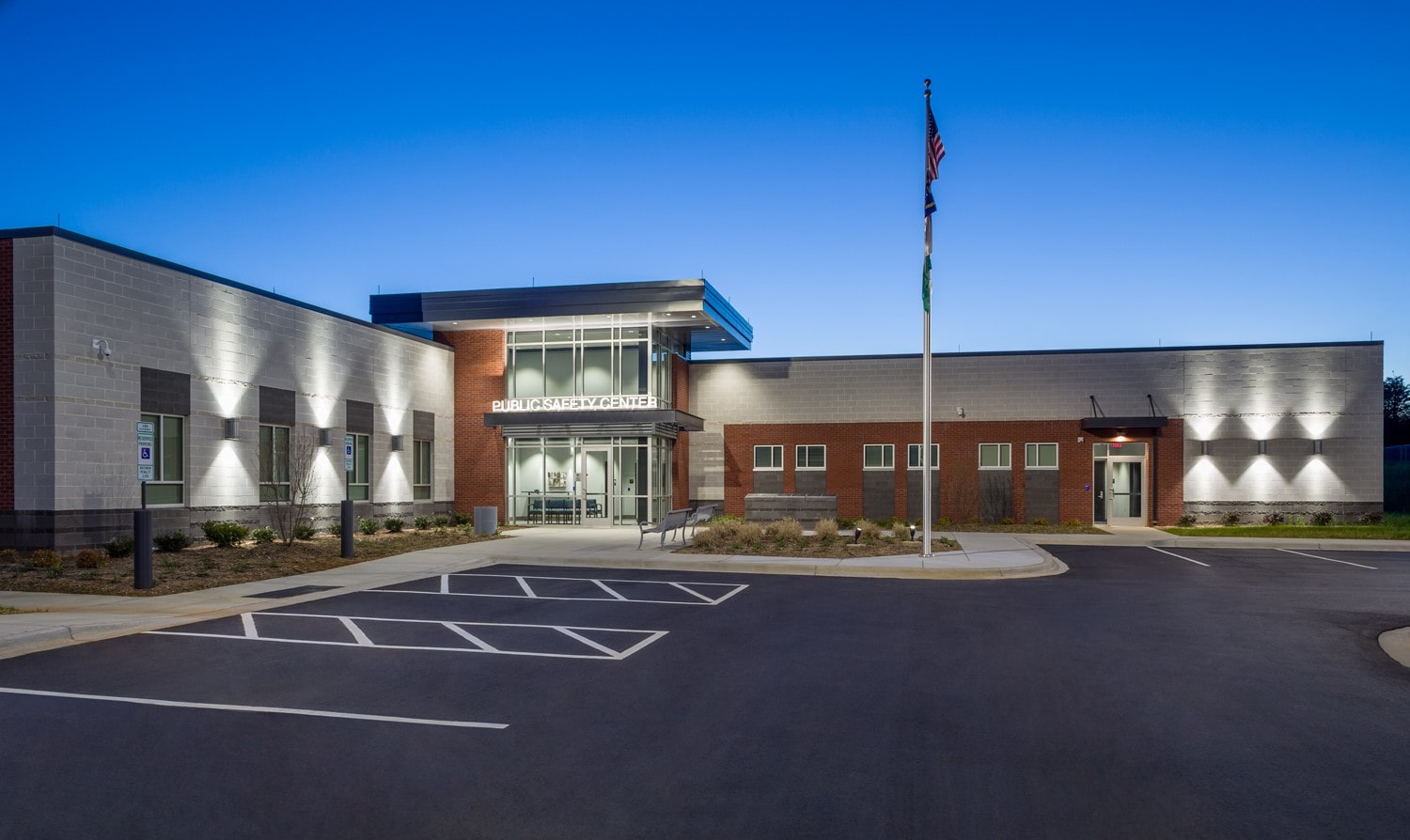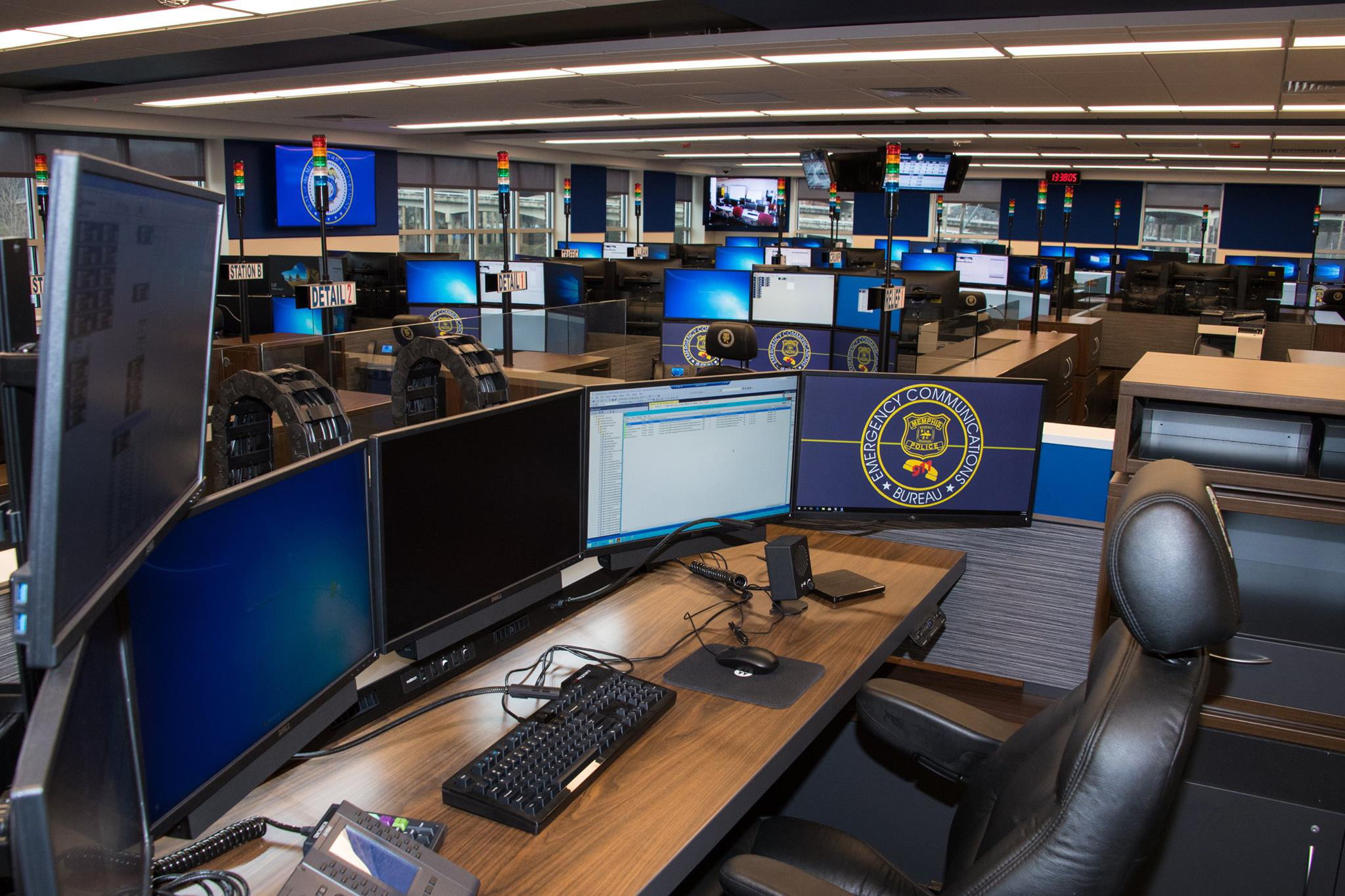Why Public Safety Should Care About the Dark Web
Today, more public safety agencies are taking a serious look at how they can mitigate the risk of cyberattacks due to the dramatic spike in ransomware attacks on state and local governments. Such attacks often result in hefty ransom demands, with reports of demands as high as $400,000. One of the most well-known ransomware attacks of 2019 impacted 22 municipalities in Texas, with hackers requesting more than two million dollars in ransom payment to unlock the data.













